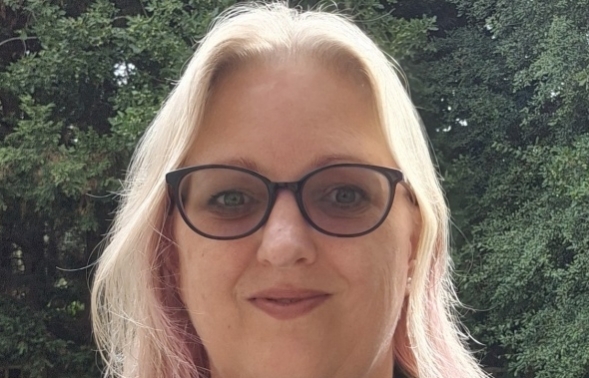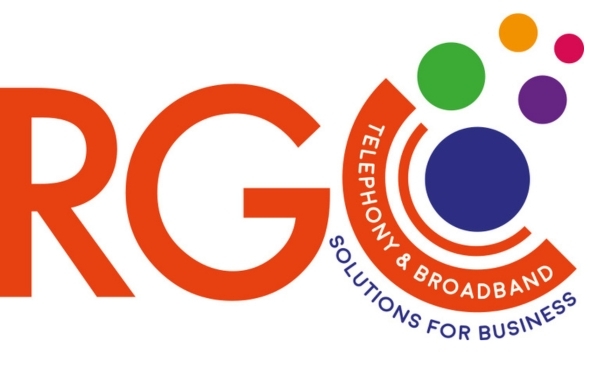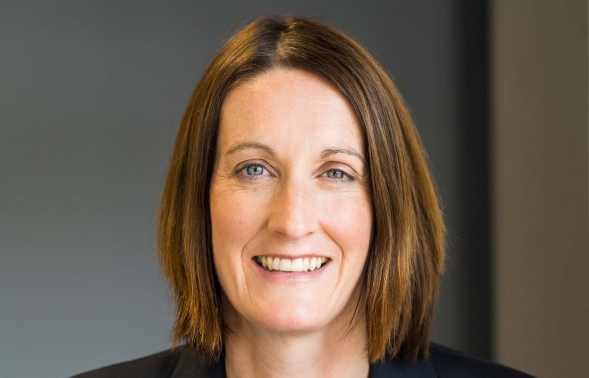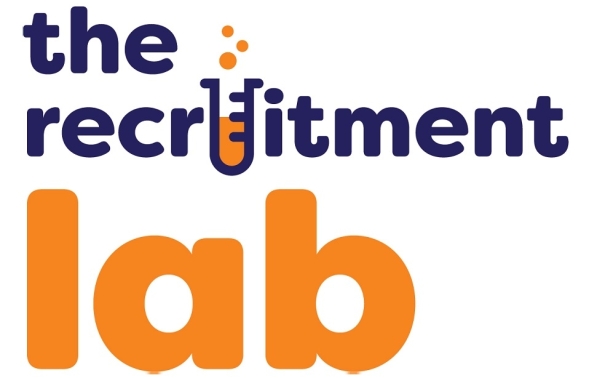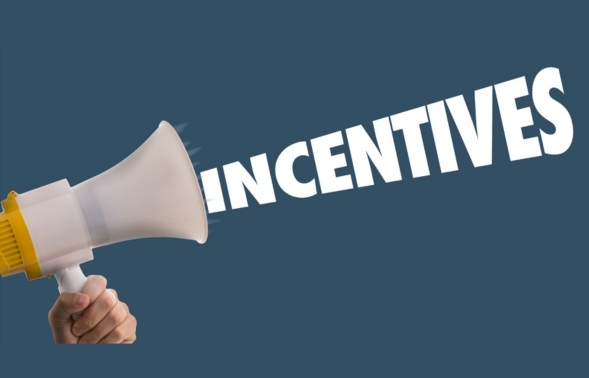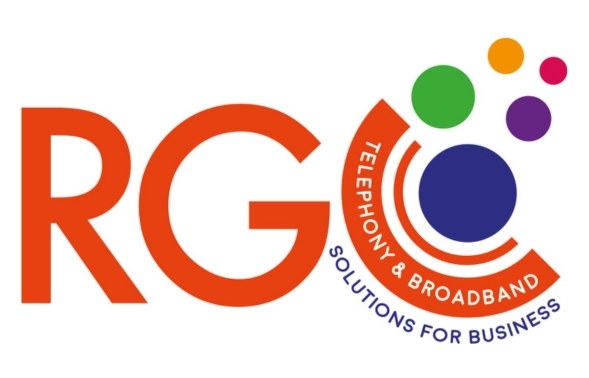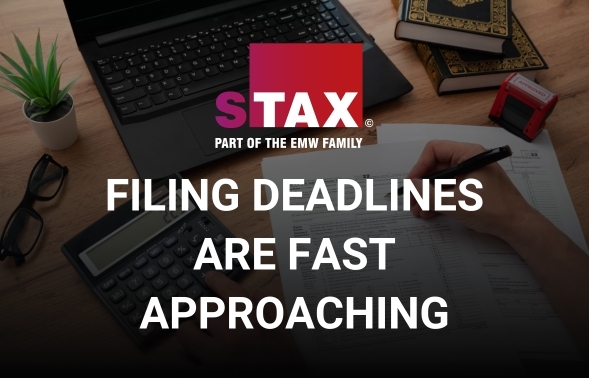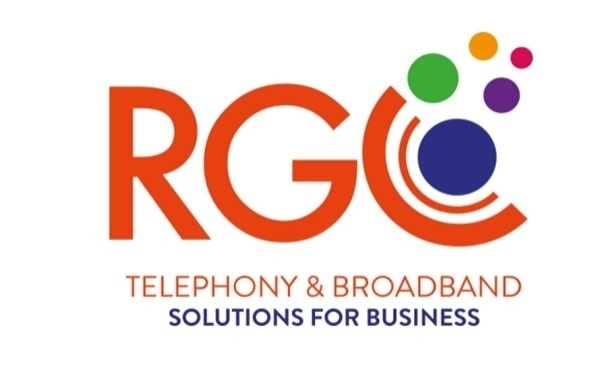The best solution, I believe, is to take time out to think and ask yourself:
- If we could redesign our business model from scratch, knowing what we know today, what would it look like?
- Why are we better?
- Which customers drain our resources?
- Where are our margins being eroded? and
- What should we be saying ”no” to?
The truth is - successful businesses thrive on focus and focus is not about saying “yes” to everything, instead it is about having the clarity and foresight to say “no” to the wrong things. Without that clarity, you will always be working harder for less return.
Why now? The pressures you cannot ignore
Business models are evolving faster than ever and this is driven by:
- Rising costs of capital and inflation squeezing margins.
- AI and digital disruption - which is changing how entire industries work.
- Customers demanding faster, greener, and cheaper solutions.
- Workforce expectations shifting towards flexibility and purpose.
- Geopolitical and supply chain uncertainty.
In this brutally Darwinian environment, survival is not about being the biggest - it is about being the fittest and most flexible.
Two ways to win
We see two main ways to stay ahead of the competition and run a sharper, more effective business model:
- Productivity gains – doing more with less.
- Strategy clarity – getting your positioning right, fast.
Productivity gains
These require an objective review (often best done with external input) across key areas such as:
- Reducing management layers: Slim down bloated structures and speed up decision-making. One mid-sized services firm cut 30% of recurring meetings and freed up hundreds of hours a month without impacting outcomes.
- Leveraging technology: AI is reshaping how firms cut costs, retrain, and repurpose staff. Adobe, for example, repurposed its entire product model into a SaaS subscription, unlocking both scale and recurring revenue.
- Building flexible supply chains: Agility here is often the difference between profit and loss.
- Distributed workforces with strong collaboration: Remote and hybrid can be a true advantage if supported with the right tools and culture.
- Investing in core systems: Enterprise resource planning, data, and processes that scale.
- Standardising work: Backed by clear tracking and skills training to raise performance consistently.
Getting the business model strategy right
This is harder and more critical - it is about positioning yourself ahead of demand, not chasing it and that means making deliberate bets on:
- New services or products.
- Entering new territories.
- Forging alliances or acquisitions.
- Redefining your market role as the sector evolves.
When exploring market direction, think rigorously about:
- Competitors: When did you last study them properly? Why are you really better?
- Parallel sectors: Which trends and strategies are worth borrowing?
- Data: What do your numbers and the wider macro picture, such as demographics or pricing trends say about the future?
- Rebels: Employees and customers who push back may be the ones seeing ahead. Remember - the world is rarely changed by the ’reasonable’.
- Counter-intuition: Sometimes you must compete with yourself to win tomorrow (think about Netflix moving from DVD rentals to streaming).
Three business model questions every leadership team should ask
- What are we doing today that we would not do if we were starting again from scratch?
- Where do we consistently lose time or margin?
- What trends are we underestimating or deliberately ignoring?
The bottom line
Markets are shifting rapidly. Those who anticipate change and design for it will thrive. Those who resist will burn out fighting it. The hardest part is not seeing the future, it is letting go of what worked in the past. The leaders who thrive are not those who work harder, but those who dare to redesign faster.
Contact us
If you would like more information about our services or case studies on our recent Business Sales are EOT deals, please visit our website at https://avondale.co.uk. Alternatively, if you would like a free consultation with one of Avondale’s experienced M&A advisors, please call us at +44 (0)1737 240888, email us at av@avondale.co.uk, or fill out the attached form, and we will get in touch straight away.
This article has been prepared for informational purposes only, and is not intended to provide, and should not be relied on for any specific tax, legal or accounting advice. Regulated advice bespoke to your circumstances is essential.
